It is no wonder as Malacca is a state brimming with her histories and is still an image of the past with her pre-war buildings and landmarks dotting the state.
Even if you are a clueless tourist driving around town, you will be sure to spot buildings like these; which date all the way to the pre-war or the WWII period.
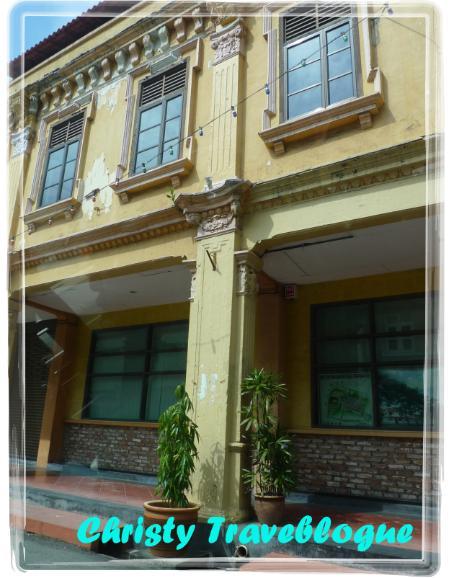
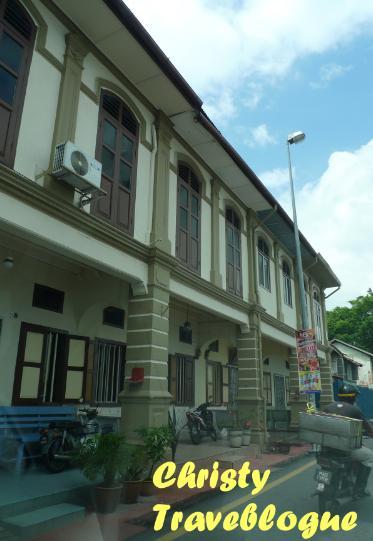
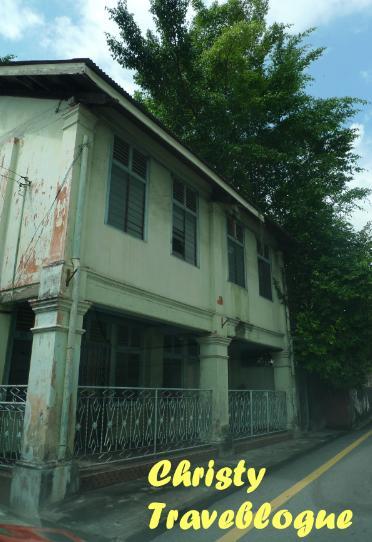
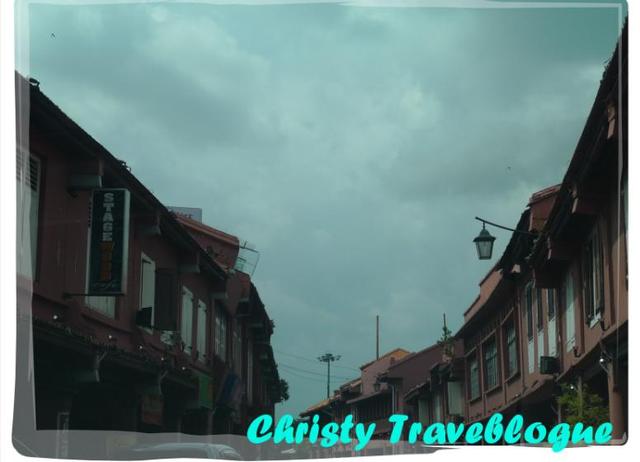
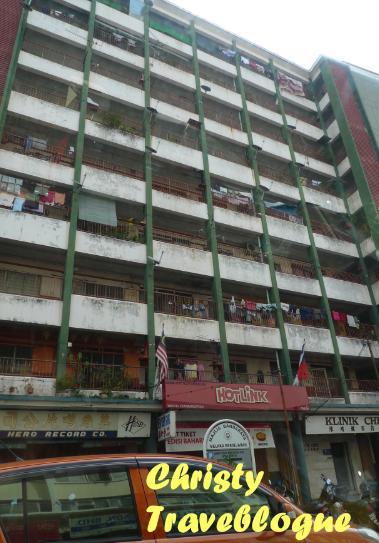
Coffee shops like these are similar to that found in Penang
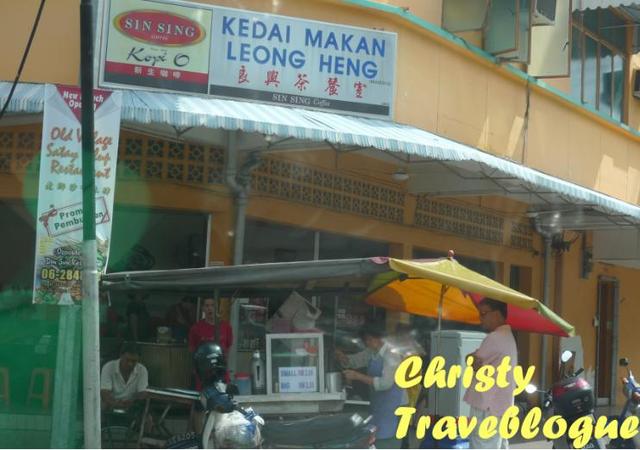
Famous Tan Kim Hock; selling the famous and localized Dodol (a type of sticky and sweet dessert) along Jalan Bendahara.
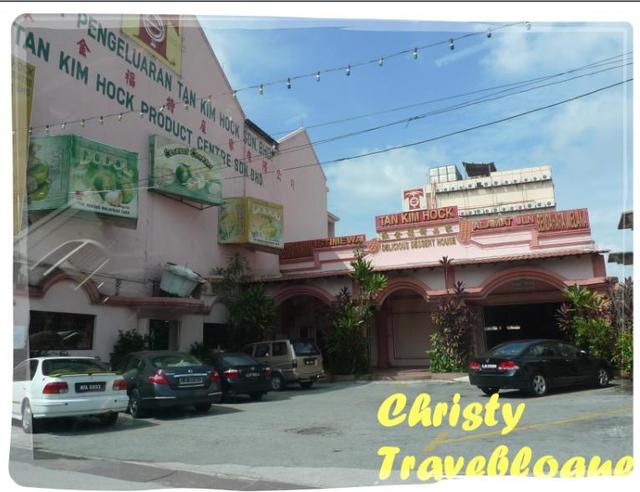
It is often packed with tourists as this place sells the famous products made from the local produce of Malacca; coconut and also durian-based desserts/pastries.
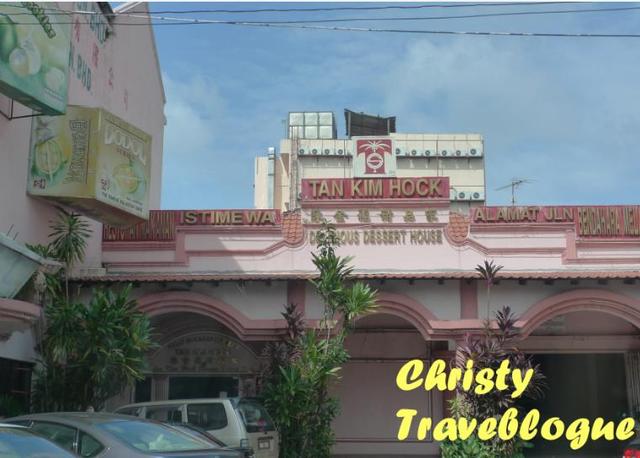
The building architecture in this historical town is heavily influenced by the local culture of the mixed marriages; forming the Peranakan group.
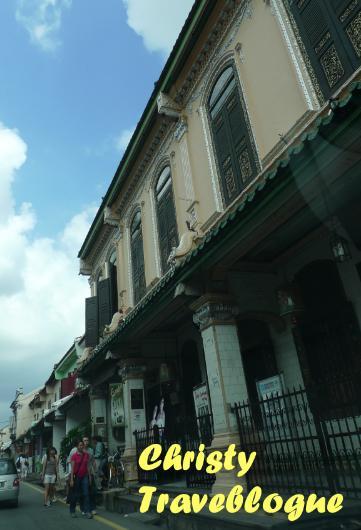
These shophouses or some are houses, are the symbolic architectures of the Peranakan; also known as the Baba and Nyonya houses.
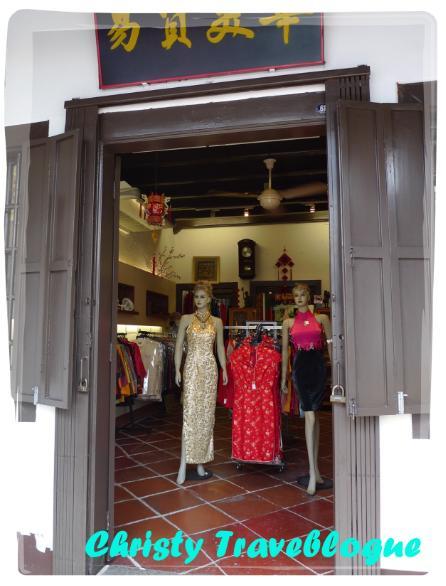
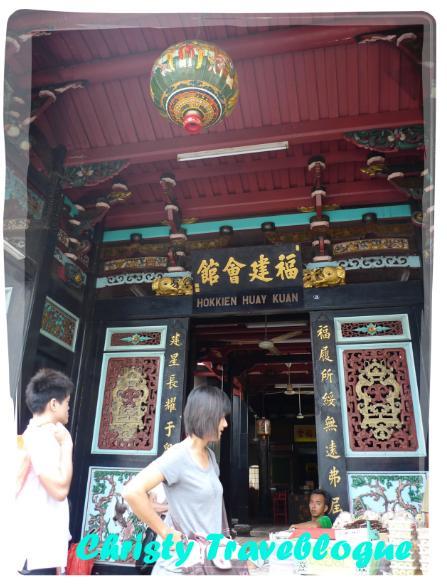
The houses are fairly spacious and even has the signature airwell; an open space in the middle of the house, which were pretty popular back then in the pre-war period.
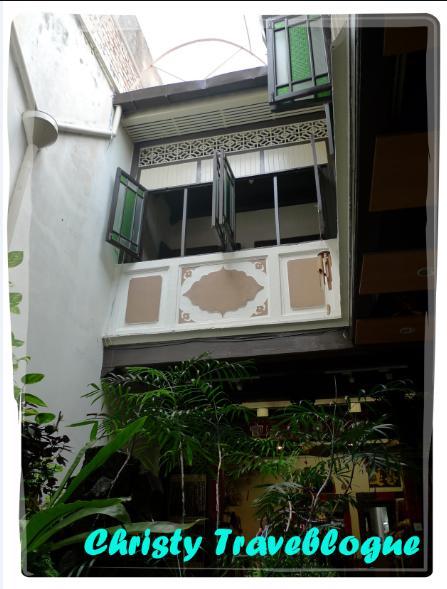
Houses with similar architecture can only be found in the sister state, Penang; which is another home to the Peranakan community.
Influences from the times of colonization are also seen in some of the buildings; i.e: the Stadhuys or the Dutch building which is a striking and famous tourist spot drenched in red.
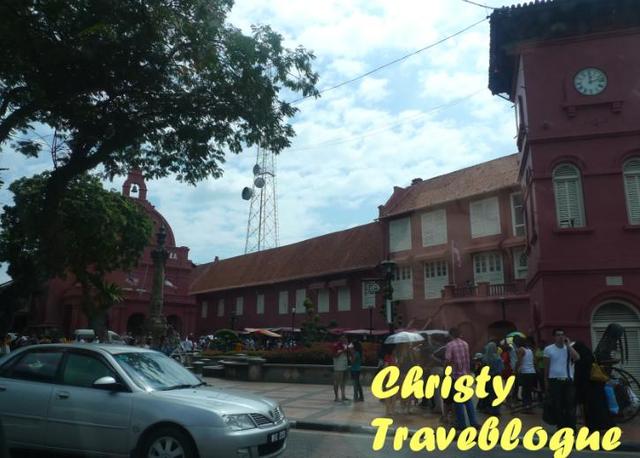
Malacca has fallen under different foreign powers in her early days of civilization; thus giving birth to the rich and varied culture existing to this day.
The influences are also clearly seen through the places of worship; such as churches and temples.
The famous St Peter's Church (often featured in the newspaper during Easter and Good Friday celebrations whereby folks from KL, Singapore, Johor, and some from the Northern region or even overseas flock to join in the mass procession on Good Friday)
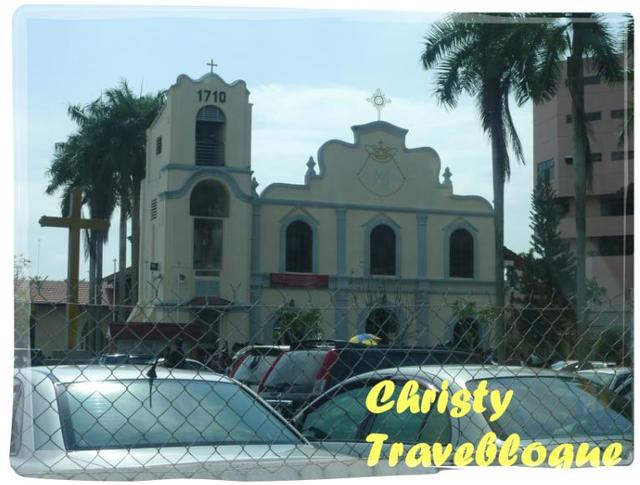
St Francis Xavier's Church (a short distance from St Peter's Church)
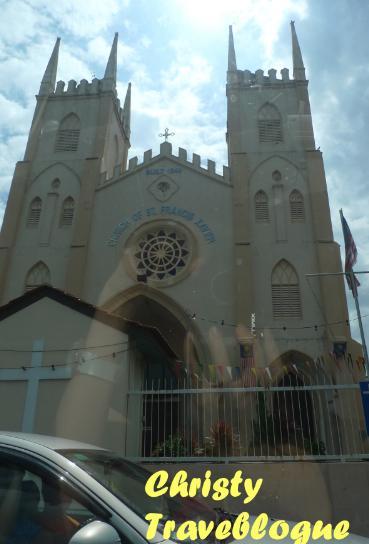
Temples from the times of Chinese colonization
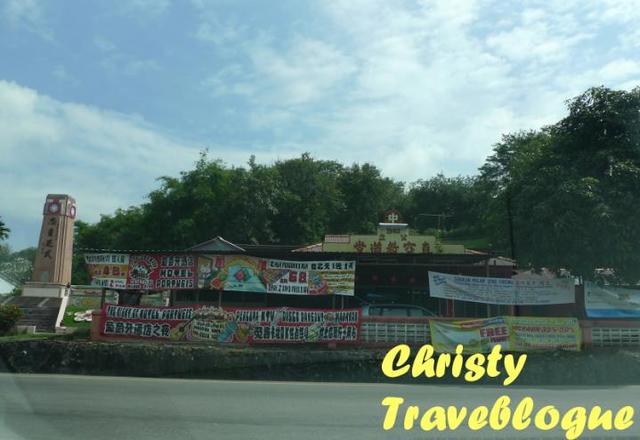
Christianity and Buddhism seems to be rather profound in the state; from the colonization period.
In fact, there were still descendants of the foreign forces still residing in the state and was even made a tourist attraction for the close relationship among the residents and also the unique cuisine.
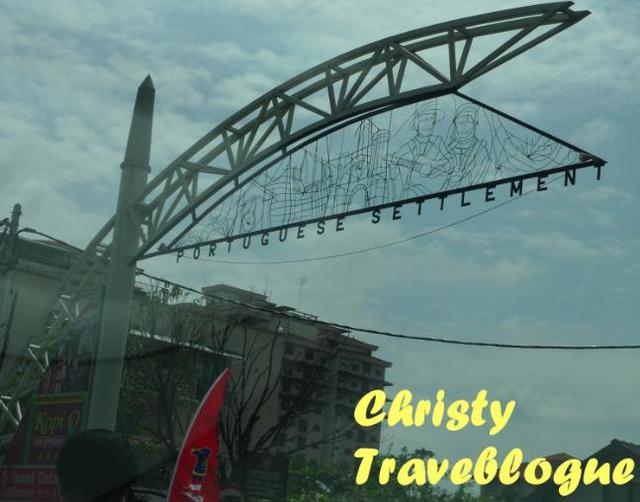
The Portuguese had long made Malacca their home, and established the Portuguese Settlement.
Due to the majority of the population being that of Christians, it is no wonder that this is the chosen spot for the annual Malaysia Christmas Open House to be held for the nation.
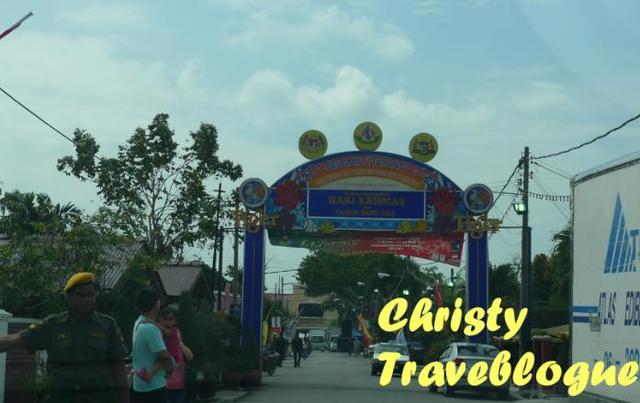
The place truly gave a Christmassy spirit as each of the houses here compete among each other in their festive decorations.
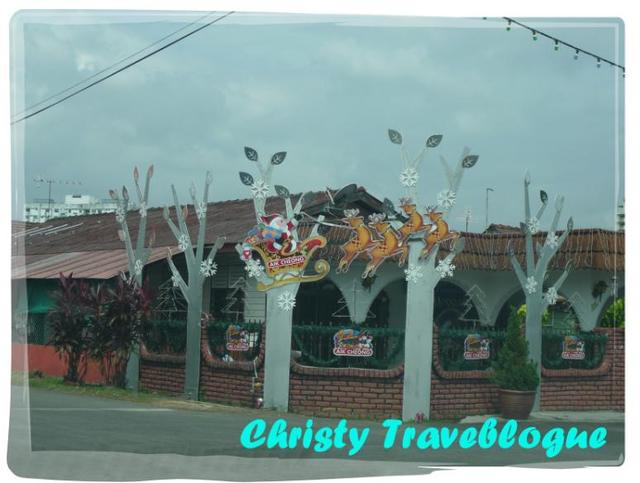
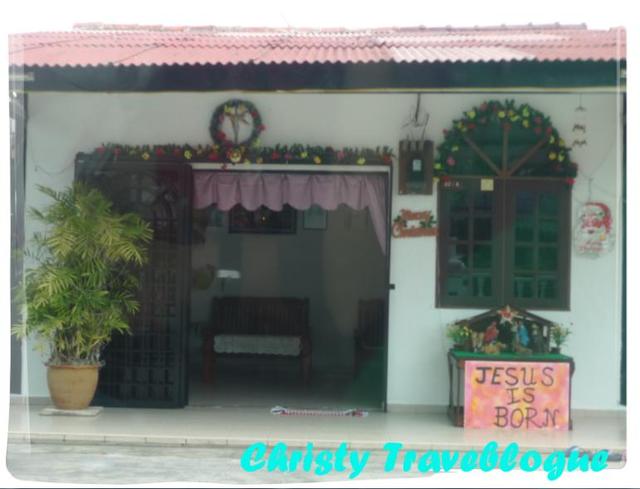
The place was blocked for the Christmas celebrations and we did not have a chance to have Portuguese food.
However, we did have a chance to have the unique Peranakan cuisine at one of the local haunts here
One of the latest addition to the architectures in Malacca would be the Menara Taming Sari (Taming Sari Tower)
Note: Taming Sari is the name of a famous kris (a Malay weapon in the shape of a crooked knife) belonging to Hang Tuah (a prominent warrior in the early civilization of Malacca).
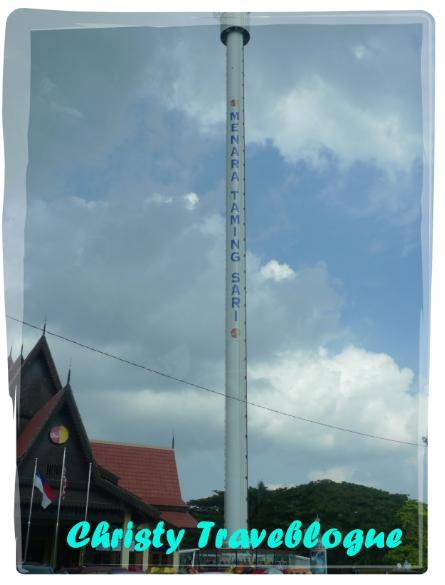
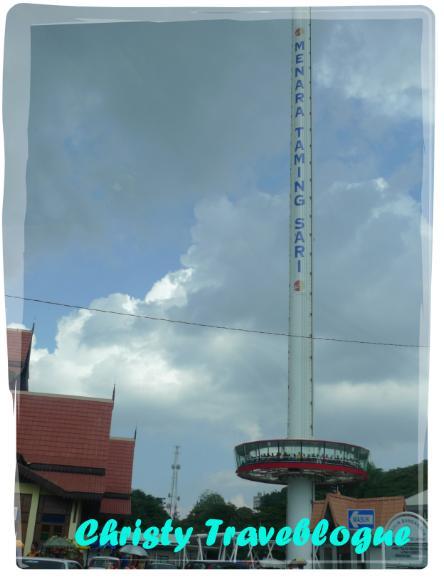
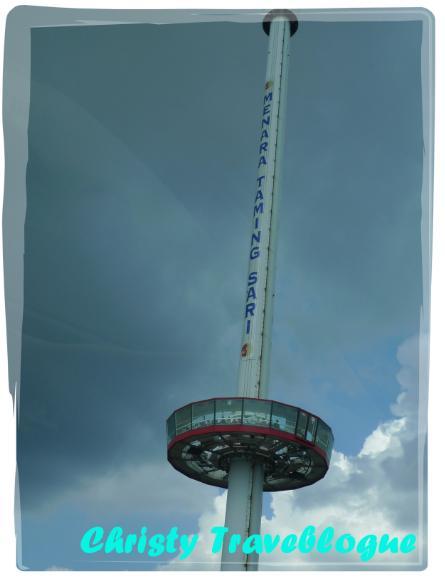
The tower is modeled after the iconic KL tower in the capital of Malaysia; but with a revolving and mobile circular observation point which ascends and descends with visitors in it to provide a spectacular view of the town.
Another unique landmark to look out for which provides a fabulous background for photography would be the state library housed in a huge ship like this
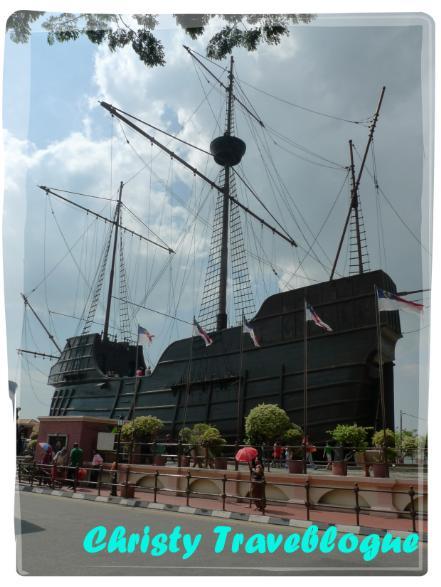
With landmarks and beautiful architectures like these, Malacca is never short of attractions and her natural beauty to draw local and foreign tourists alike to the state.
To be continued...

No comments:
Post a Comment